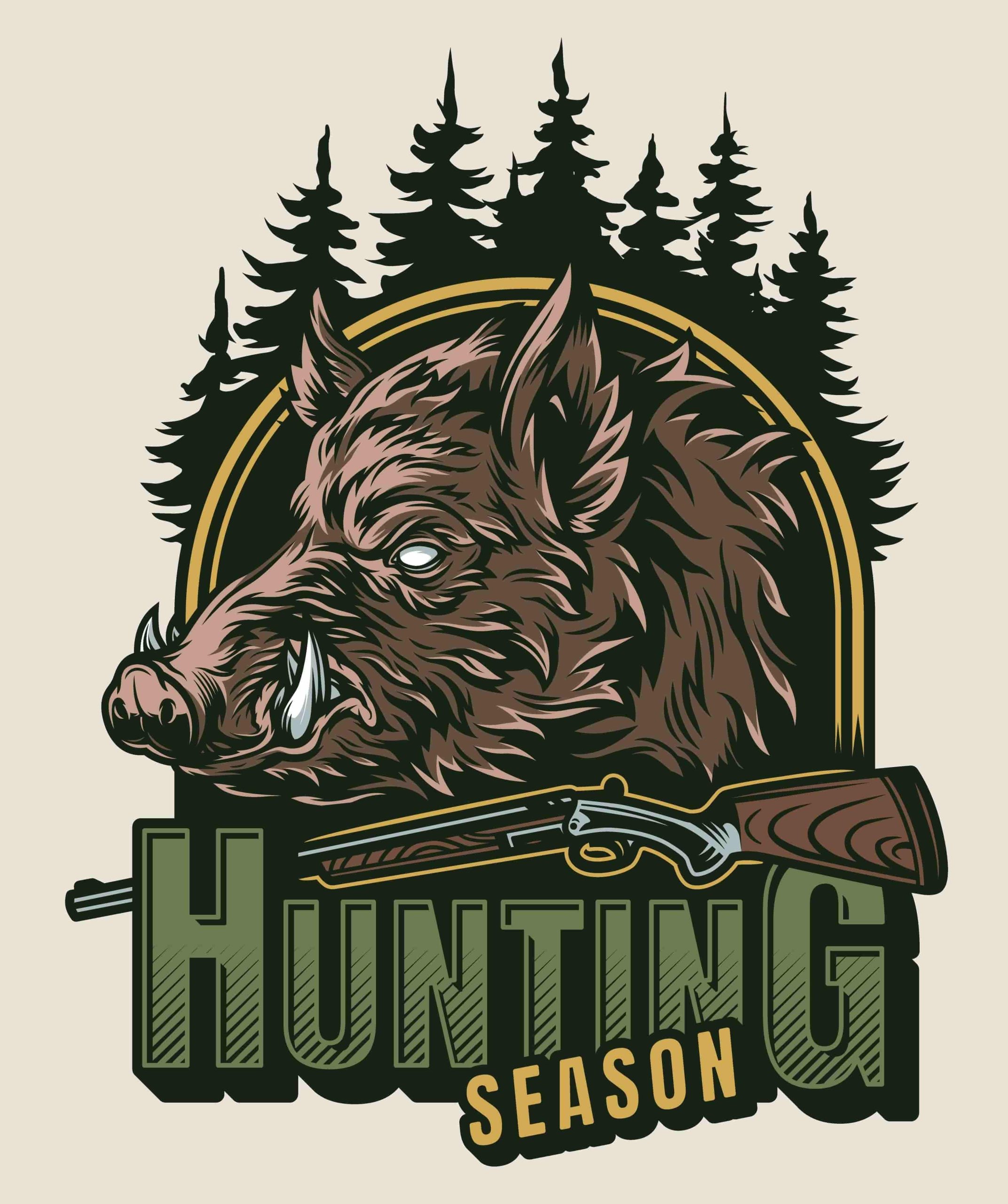Wild boar hunting in the Lone Star State offers an exhilarating challenge for hunters across the globe, particularly those hailing from Europe seeking adventure and the thrill of the hunt in the vast and varied landscapes of Texas. Understanding the ins and outs of the hunting seasons is crucial for planning a successful expedition. Unlike many other states, Texas boasts a relatively lenient regulatory environment for hunting wild boar, acknowledging these creatures as non-native and invasive species that pose significant threats to agriculture, native wildlife, and ecosystems. This regulatory stance allows for year-round hunting opportunities, providing hunters with a unique flexibility to schedule their hunts. However, despite the open season policy, there are peak times during the year when the conditions are more favorable, and the chances of a successful hunt are significantly higher.
Optimal Hunting Times and Weather Conditions
The climate of Texas plays a pivotal role in determining the best times for wild boar hunting. The state’s vastness means weather can vary dramatically from one region to another, affecting boar activity patterns. Generally, the cooler months from late fall through early spring are considered prime hunting season. During these months, wild boars are more active during the day, making them easier to spot and track. Cooler temperatures also make the hunting experience more comfortable for hunters, as the scorching Texas heat can be a formidable challenge in itself. Additionally, the post-harvest period in late autumn offers an excellent opportunity for hunters, as boars often venture into cleared fields in search of food, making them more visible and accessible.
Understanding Boar Behavior for Better Hunting Outcomes
To hunt wild boar successfully in Texas, one must have a keen understanding of their behavior and habitat preferences. Wild boars are highly adaptable, capable of thriving in a variety of environments, but they have a particular affinity for dense brush and woodland areas near water sources. These habitats offer them cover and access to their dietary needs. Boars are primarily nocturnal, especially during the hotter parts of the year, so hunters must adapt their strategies accordingly. Utilizing night vision equipment or conducting early morning or late evening hunts can significantly increase the chances of encountering these elusive animals. Moreover, wild boars are known for their intelligence and wariness, making stealth and patience key components of a successful hunt.
Local Insights and Expert Recommendations
For those new to wild boar hunting in Texas or looking to enhance their experience, tapping into local knowledge and expertise can be invaluable. Many seasoned hunters and professional guides recommend focusing efforts on the South and Central regions of Texas, where boar populations are denser. Companies like Hog Wild Adventures and Texas Boar Hunters offer guided hunts that not only increase the likelihood of a successful hunt but also provide an educational experience, teaching hunters about boar behavior, tracking techniques, and safe and ethical hunting practices. These guided hunts can be particularly beneficial for international hunters unfamiliar with the Texas terrain and hunting regulations.
Strategic Approaches to Wild Boar Hunting
Wild boar hunt requires more than just an understanding of the best seasons; it demands a strategic approach to tracking, engaging, and harvesting these animals. Successful hunters employ a variety of tactics and tools to enhance their hunting experience and effectiveness:
- Knowledge of Boar Behavior: Understanding the habits and habitats of wild boars is critical. Hunters must be familiar with where boars are likely to feed, water, and take shelter.
- Right Equipment:
- – High-Caliber Rifles: Essential for the humane and effective dispatch of wild boars, ensuring a successful hunt.
- Night Vision Gear: For nocturnal hunts, when boars are most active, allowing hunters to spot their quarry in the dark.
- Thermal Imaging Cameras: These devices can detect the heat signatures of boars, making it easier to track them during night hunts or through dense foliage.
- Use of Hunting Dogs:
- Breeds such as the Catahoula or the Black Mouth Cur are highly valued for their tracking abilities and resilience, capable of navigating the challenging Texas landscape and leading hunters to their quarry.
- Integration of Modern Technology:
- Drones for Aerial Scouting: Offer a bird’s eye view of the terrain, helping to locate boar trails, feeding areas, and water sources.
- Thermal Imaging for Enhanced Detection: Especially useful for identifying boars in low visibility conditions, providing hunters with a significant advantage.
Conservation Considerations and Ethical Hunting
While wild boar hunting is encouraged in Texas due to the species’ invasive status and the ecological and economic damage they cause, it is imperative that hunters approach their pursuit with a mindset grounded in conservation and ethical practices. Hunters are stewards of the land, playing a critical role in managing wild boar populations and mitigating their impact. It is essential to adhere to ethical hunting practices, ensuring quick and humane kills, and to follow all local laws and regulations regarding hunting and land access. Participating in managed hunts and working with landowners and wildlife conservation organizations can contribute to a balanced approach, addressing the invasive boar issue while respecting the ecosystems and wildlife of Texas.




